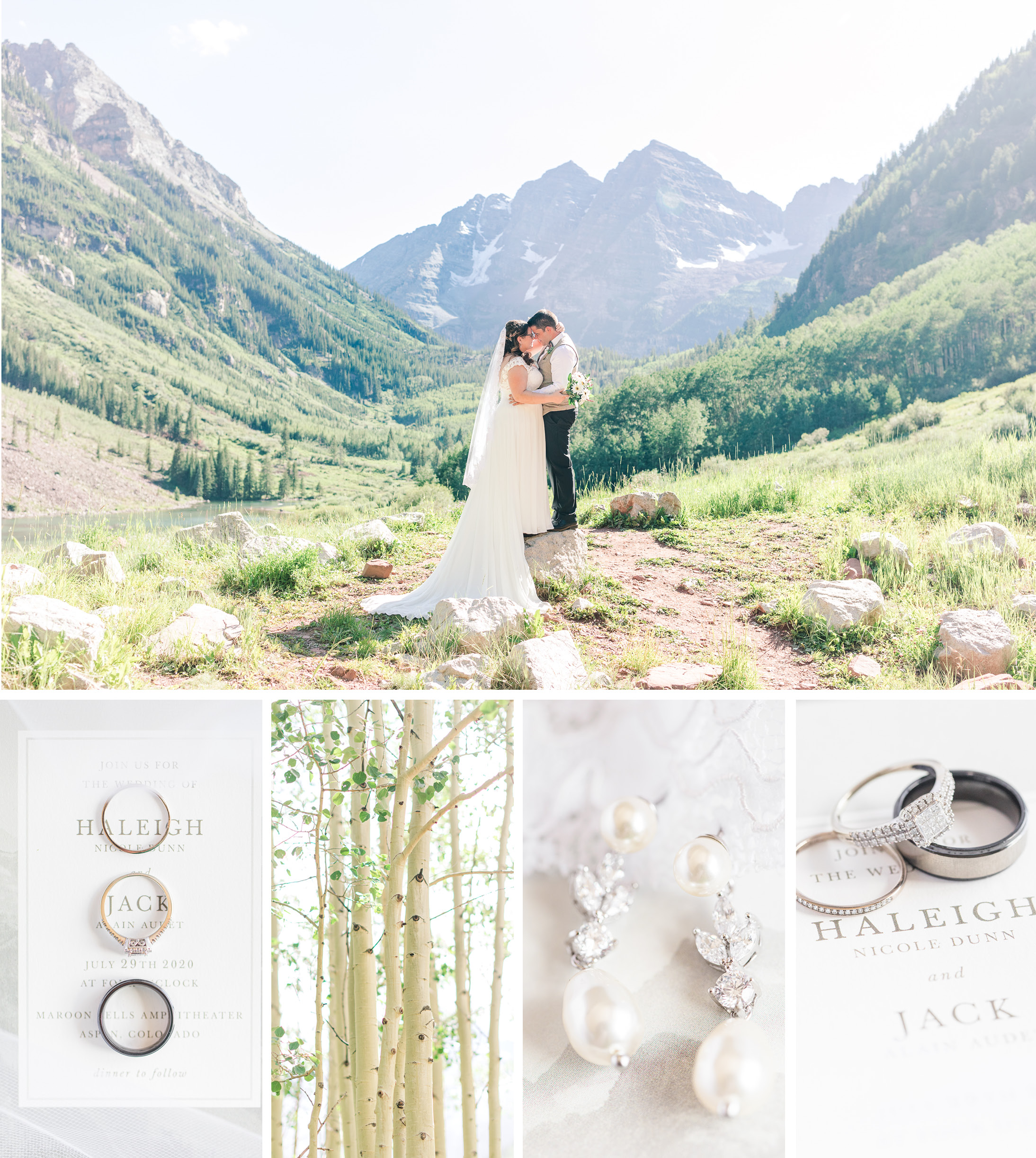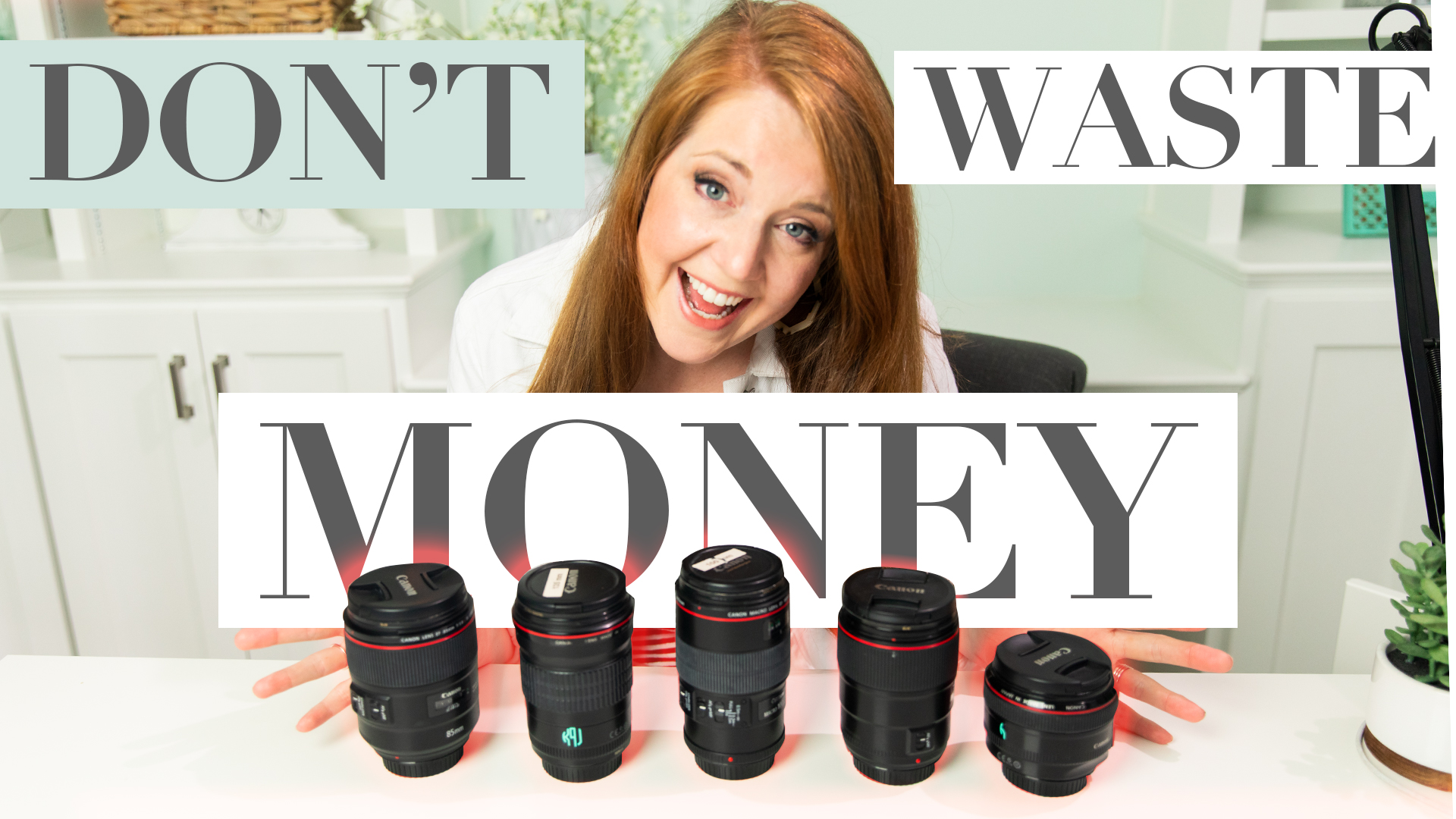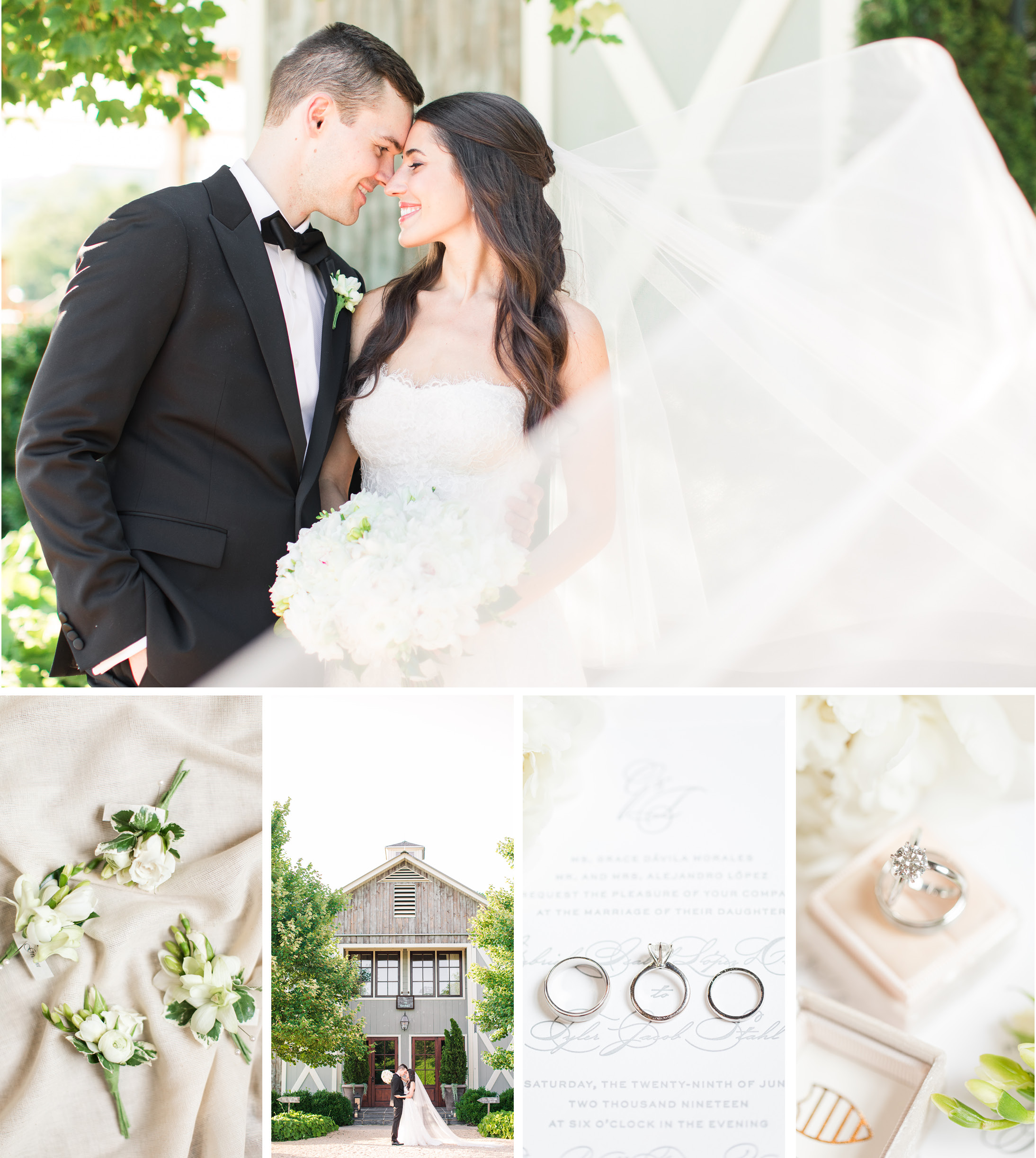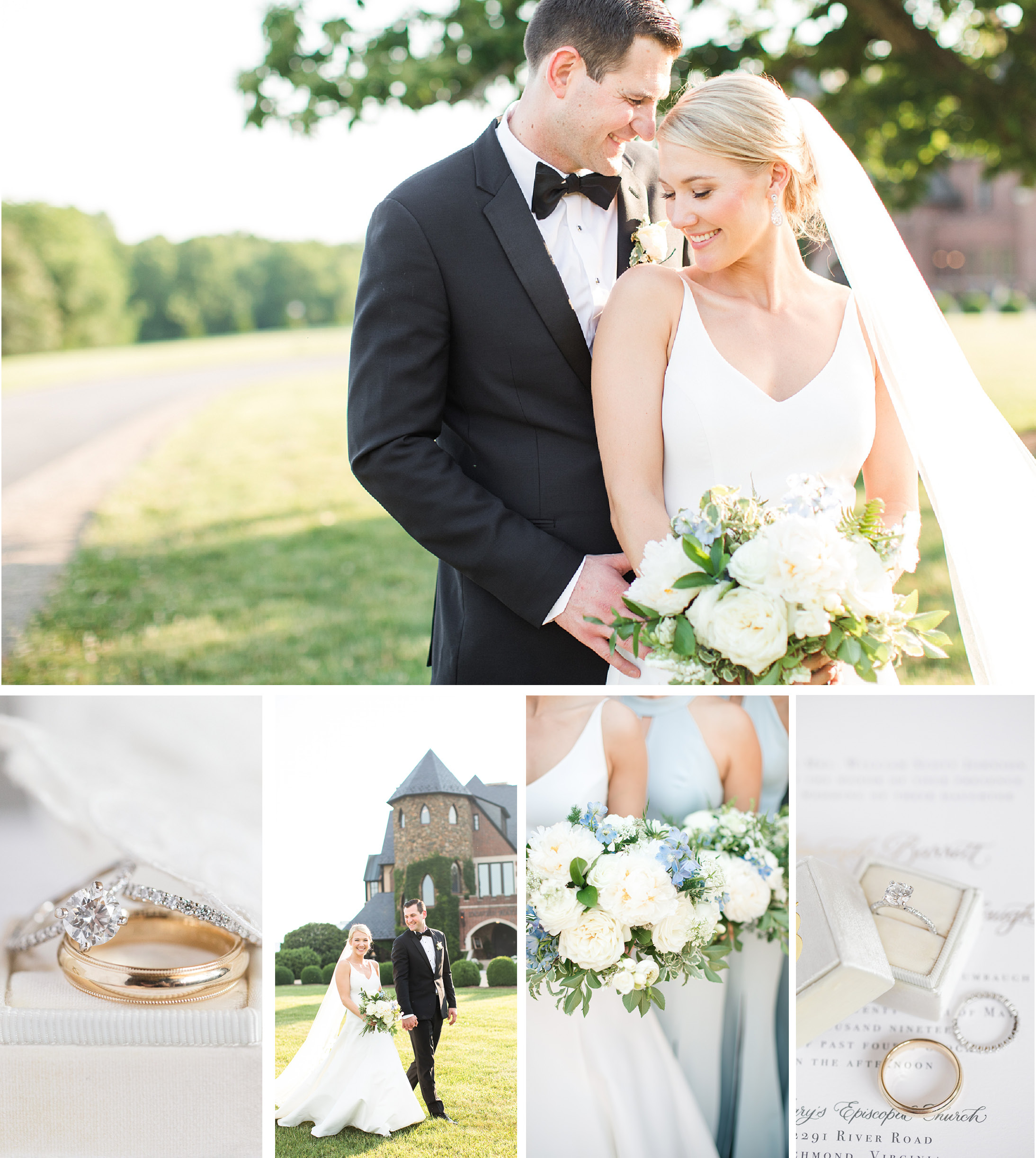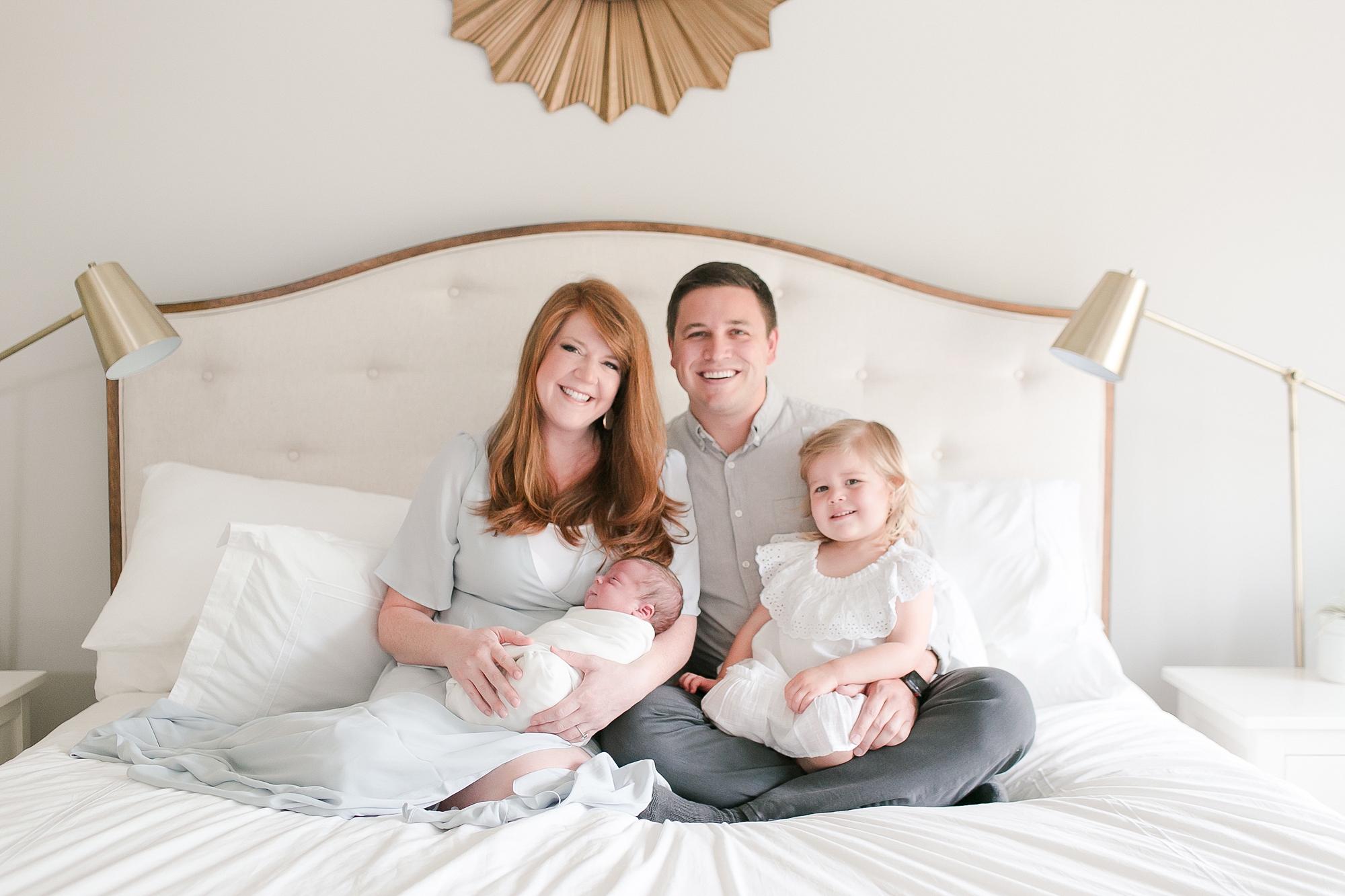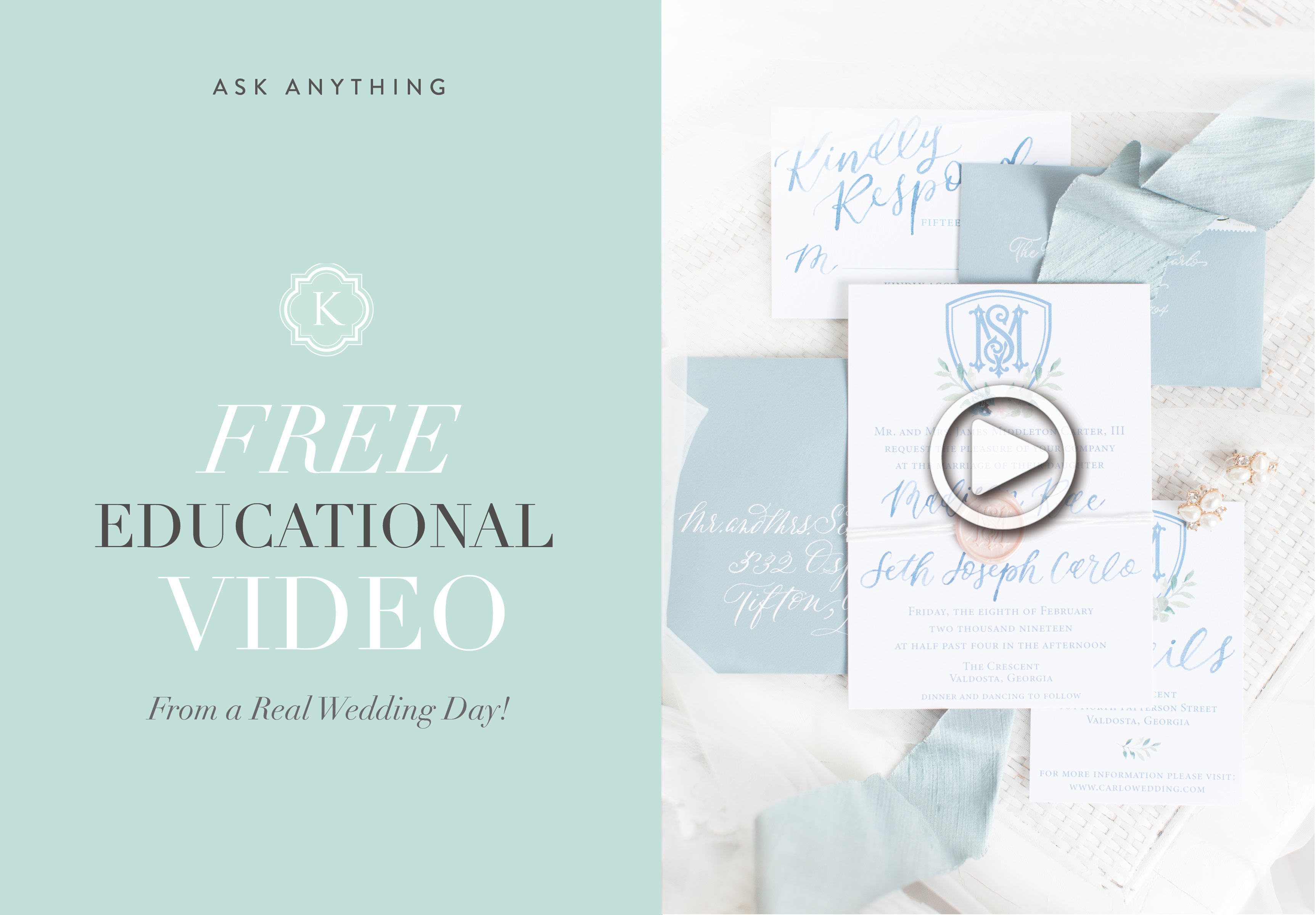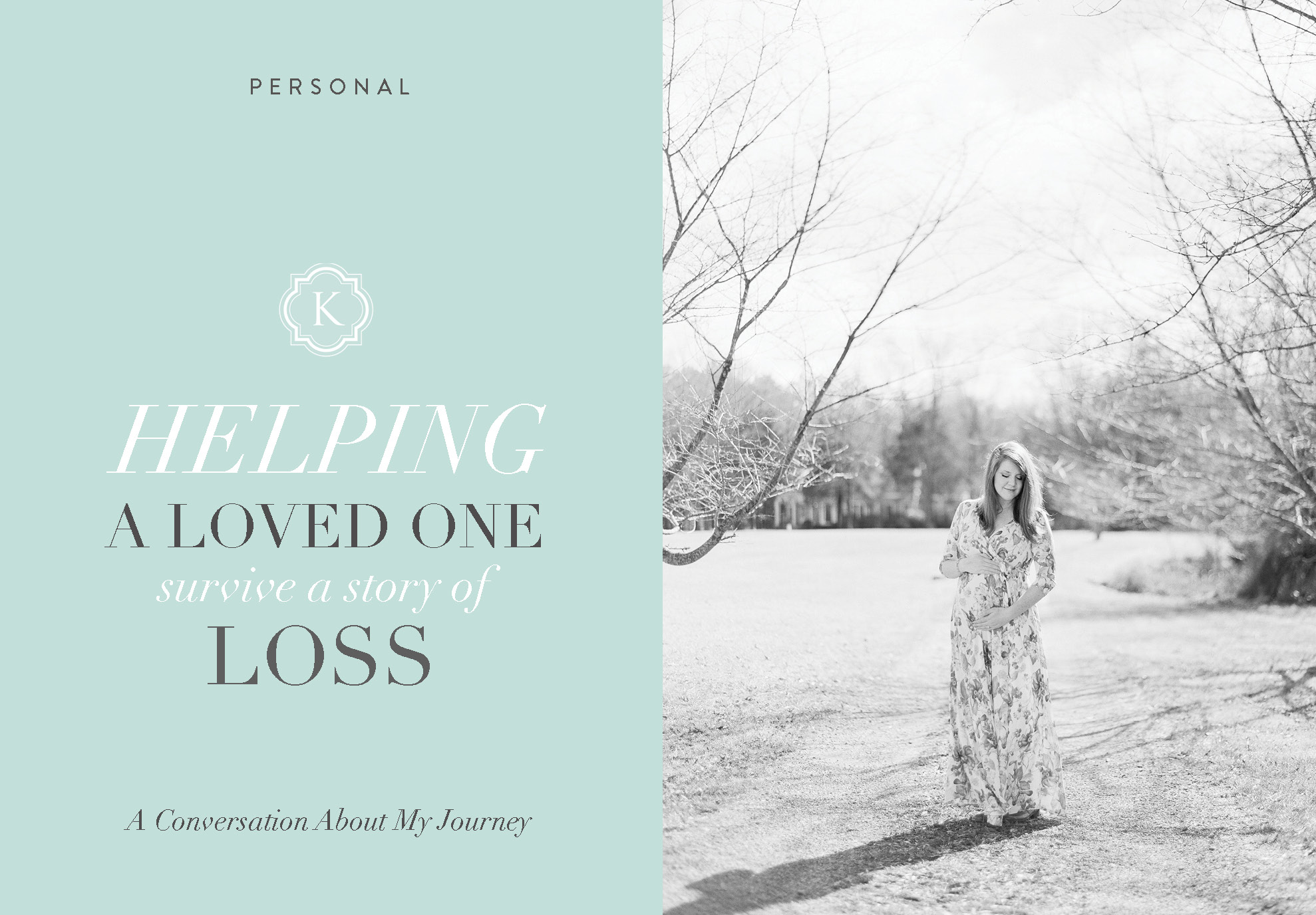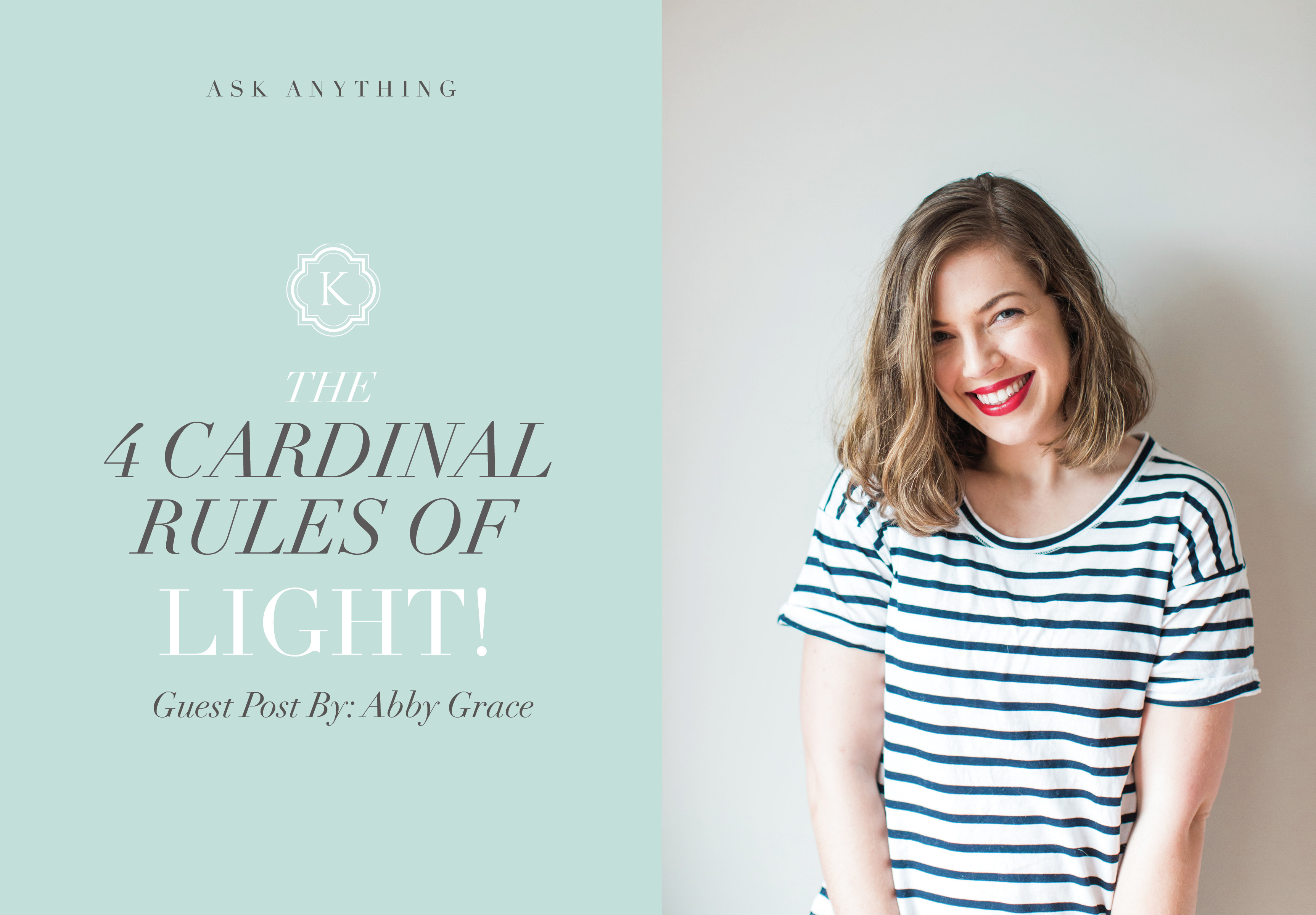
This girl is the reason you’ve seen blog posts pop up over the last several weeks! She’s pretty type A like I am about all things business and she realized how hard it probably was for me to not be able to type at one point because of my surgery. When you have a huge tumor in your index finger, you can’t type. Just hitting one key accidentally with that one finger would send shooting pain up into my wrist. It was awful.
Then, after surgery, I had a massive cast with only two fingers free! Also…. my sister who is also my office assistant is on maternity leave and I’ve been 9 months pregnant through this whole season. Whew. So, Abby recognized my inability to produce content for our sweet audience and she decided to help out. We couldn’t be more grateful. Creating guest posts for a pregnant lady who is type A and has a hard time not being able to work is literally equivalent to buying me a brand new pair of Frye Boots! I’m serious! This has been such a gift! So enough of my ramblings, I have an incredible post by Abby Grace to share with you today!! Enjoy!!! (And be sure to give Abby a follow on Insta if you haven’t already!!) From Abby:
Four Cardinal Rules of Light
Ok, so I’m sure it’s no surprise to any of you that as photographers, we also need to be students of light. But when I was getting started, I didn’t realize that the concept of “mastering light” wasn’t something that just HAPPENED- you had to actually study it! Understand how light behaves, analyze it, and craft a strategy… instead of the “I’ll just wing it” method. (Psst! “I’ll just wing it” isn’t a strategy- it’s a disaster waiting to happen!)
Not understanding the need for a plan led to a LOT of frustration in my first couple of years of business- I’d have difficulty with the light in a bridal suite, so I felt like a fraud for not being able to click my heels and fix it, which led to a lack of confidence that seeped into multiple areas of my business. All because I didn’t realize I simply needed to be more intentional about comprehending light and how it behaves… and once I understood THAT, I could better know how to manipulate light to work FOR me, instead of against me!
So let’s talk about 4 Cardinal Rules of Light- master these and it will seriously change the way you approach tricky light!
1. Light travels in straight lines
This is a hard and fast rule- light always travels in straight lines. Have you ever seen rays of light filter through fog at dawn? Or the beam from a flashlight? It’s always in straight lines, because light always takes the shortest route from Point A to Point B.
So this means that direct light isn’t able to bend AROUND an object. If you have light from a window coming into a room and you put a curtain in front of the window, the light is not going to wrap AROUND the curtain. Some of the light may go through the curtain (which would result in a degree of “diffusion,” or scattered light) but it’s not going to be able to curve around an object in its path, due to the fact that light travels in straight lines.
2. Hard light is easier to control, and results in deeper shadows
Hard light can be defined as a light source that is small in comparison to the subject you’re photographing, causing shadows with a sharp, defined edge. Like when you stand in front of window blinds with light coming directly through, and it gives you those striped shadows across your face. Or trying to shoot outdoors at high noon, and getting the “raccoon eyes” effect!
Hard light is easier to control because you’re dealing with light that is, for the most part, traveling in one main direction (vs. being scattered by some sort of diffuser). So you can very easily choose to fill in deep shadows with something like a white reflector, like I did here with my bride’s details!

3. Soft light is harder to control, and results in shallow shadows
Soft light is most easily defined as a light source that is large in comparison to your subject. More simply, it’s scattered light! It’s light that’s traveling in more than one direction because it’s been DIFFUSED through something, like sunlight shining through cloud cover, or placing a white umbrella in front of a speedlight. The effect is that your shadows have a softer, less-defined edge, and a more gradual transition from highlight to shadow.
Clouds break up sunlight and scatter it into millions of different directions, which is what we photographers like to call “diffused light.” A similar effect happens when you place a white, shoot-through umbrella in front of a speedlight. You’re scattering the light so it’s coming from multiple directions instead of just one. That’s why it’s also harder to control!
On Ryan & Claire’s wedding day, we opted to shoot under a covered breezeway in front of the train station due to the rain, so I had soft light (from the cloudy sky) coming in from my left, and the benefit of the white stone building façade to reflect even more light back in from my right!
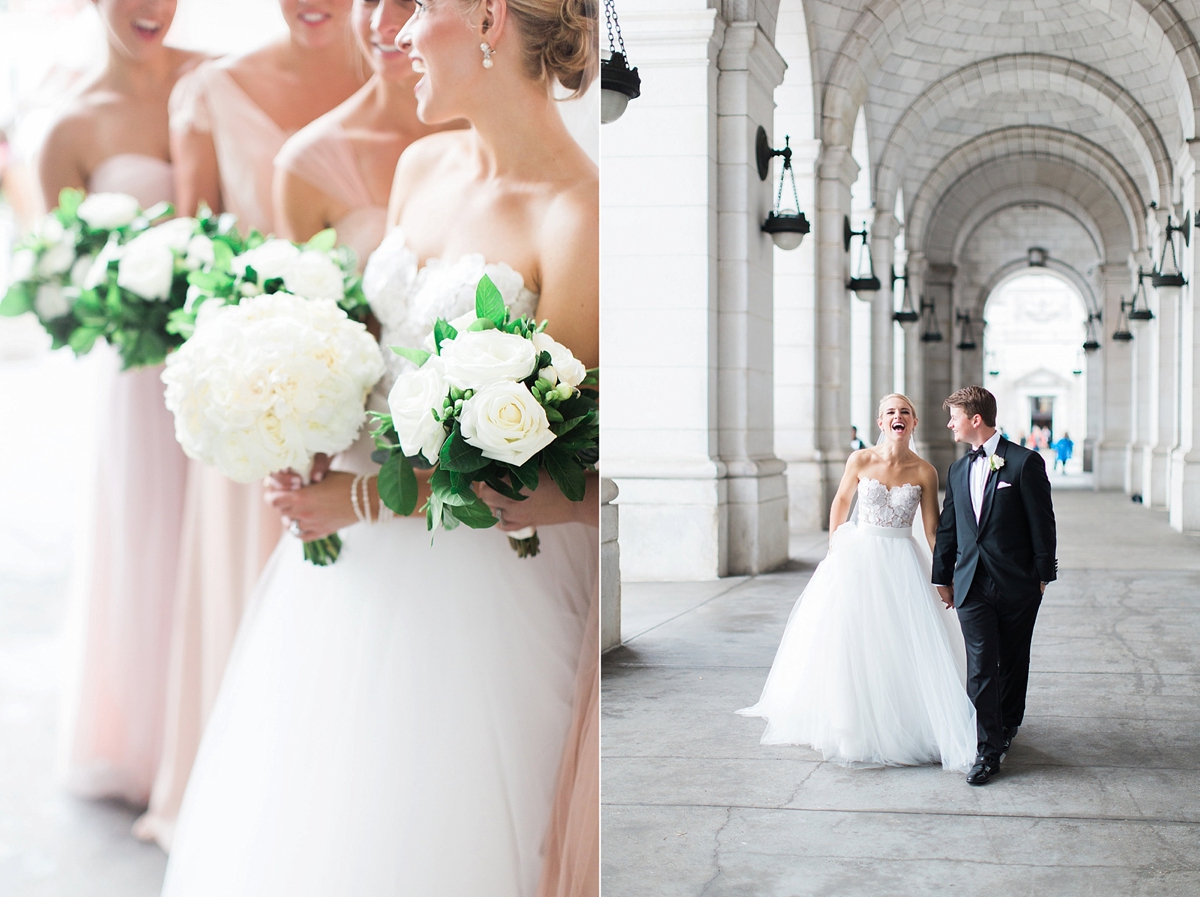
4. The larger your light source, the softer your light
This concept finally clicked for me when explained by Justin & Mary, and oh boy- it was a game changer! A small light source only has light issuing from a tiny surface (like a 2”x3” speedlight head, or a small port window), which means the light source isn’t able to cover an expansive area of your subject. And because light ONLY travels in straight lines, the light’s not going to be able to compensate for any sort of change in plane like the folds in a dress, which means you’ll have deeper, sharper shadows.
Compare that to a light source that’s large in comparison to whatever it is that you’re photographing: because the surface area from which the light is issuing is bigger (like a 43” softbox, or 4ftx5ft window), it’s better able to cover the thing/person you’re photographing… and results in a more gradual transition area from lights to dark! Almost as though your light is wrapping around the subject. (This is why my favorite way to light bridal portraits is with a huuuge window!)

I hope that was helpful! Once you master these basic rules, you’ll find that tricky light on a wedding day becomes less and less of a headache, which means you can focus less on stressing over your settings and more on serving your couple WELL!
Website: www.abbygracephotography.com
Insta: www.instagram.com/abbygracephoto
FB: www.facebook.com/AbbyGracePhotography
Thanks for reading!
— Katelyn
MORE RECENT POSTS

Have you ever tried to sit down with your spouse to talk about dreams, goals, and vision—only for it to turn into frustration or misalignment? If so, you’re not alone. Vision casting in marriage is hard because it brings up deeper fears, beliefs, and unspoken dynamics that many couples don’t even realize are at play.
Success—it’s a word we hear all the time. But what does it really mean? Is it about financial security? Status? Owning a dream home or taking extravagant vacations?
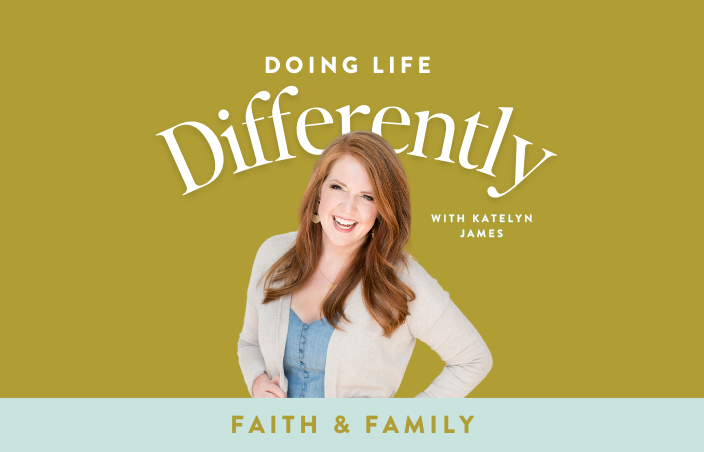

When you think about your business, do you see it as simply a job—or something more?
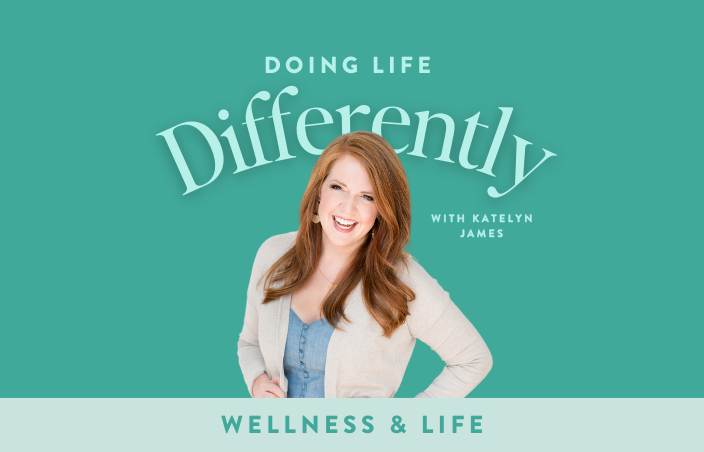
Today, I’m diving into an experience that was nothing like I anticipated: my digital detox in December. If you’ve ever considered taking a break from the noise of the online world, you might relate to my journey—the good, the surprising, and the, well, completely unplanned.
The wedding industry has faced unique challenges recently, with inflation affecting budgets and couples cutting costs. If you’re a wedding photographer feeling the pinch, don’t worry—2025 doesn’t have to be a slow year.


Life has a way of surprising us, doesn’t it? Over the last few months, I’ve been on a medical rollercoaster that I never saw coming.

